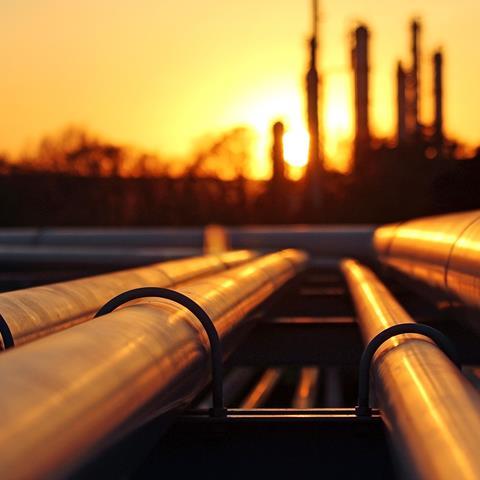By Sean Allen (LinkedIn), Manager, Environmental Issues, the PRI

Last week, oil and gas majors ExxonMobil, Royal Dutch Shell and BP publicly supported the direct regulation of methane emissions for new and existing sources in the US, highlighting the importance of policy dialogue as part of climate action. This followed the US administration’s proposal in 2018 to strip back requirements to control methane regulations at the federal level. As well as calling for existing regulations to remain in place, there has been demand for requirements to be tightened.
While the public positions made signal good practice in methane risk management, an important consideration is the lobbying actions of other groups. Trade associations and industry third-party organisations can hinder policy action aimed at mitigating wider climate change risk. The policy positions that these organisations take often contradict those of their members. In the case of the US oil and gas industry, the American Petroleum Institute has continued to repeal methane requirements, deeming them ineffective and unnecessary.
The PRI’s investor guide, Converging on climate lobbying, explains why investors should engage with investee companies on their direct and indirect climate lobbying activities, suggesting questions to ask, providing examples of corporate practice, and showcasing PRI signatory investor action through case studies.
Methane emissions from the oil and gas sector are a well-recognised risk by companies and investors alike.
Methane, the key component of natural gas, has a global warming potential up to 84 times stronger than carbon dioxide over a 20-year period, according to the IPCC
Methane, the key component of natural gas, has a global warming potential of up to 84 times stronger than carbon dioxide over a 20-year period, according to the IPCC. With mounting pressure on the oil and gas sector to decarbonise, and for climate-related policy to accelerate internationally within that time frame, unmanaged methane emissions create significant climate risk in terms of physical and transitional impacts. Opportunities to address these risks include retrofitting equipment, and using leak detection and repair technology to cut methane emissions at no net cost, ultimately preventing the loss of viable product.
Global collaboration

The PRI has helped investors engage with companies on this topic by coordinating a collaborative engagement in 2017. The group, comprised of 36 investors with over $4.2 trillion in AUM, engages 31 oil and gas companies globally on their measurement, reporting and reduction of methane. The initiative has the following objectives:
- to strengthen investor understanding on methane risk exposure in global portfolios;
- to understand best practice in managing methane risks and to transfer these learnings across companies; and
- to encourage energy and utility companies to improve their management and reduction of methane emissions, and to strengthen disclosure of their progress.
Oil and gas companies across the value chain can effectively manage methane risk by reducing their own emissions through operational efficiency, and leak detection and repair programmes. Beyond this, they can also help to encourage the implementation of regulations that aim to limit and monitor methane emissions across the industry.
This blog is written by PRI staff members and guest contributors. Our goal is to contribute to the broader debate around topical issues and to help showcase some of our research and other work that we undertake in support of our signatories.
Please note that although you can expect to find some posts here that broadly accord with the PRI’s official views, the blog authors write in their individual capacity and there is no “house view”. Nor do the views and opinions expressed on this blog constitute financial or other professional advice.
If you have any questions, please contact us at [email protected].












